8-minute read
keywords: genetics, history of science, sociology
When I say fossils, bones will likely come to mind. However, scientists can also use traces of ancient biomolecules such as DNA, proteins, and pigments to reveal more about extinct organisms. In this two-parter, I will review Greenwalt’s Remnants of Ancient Life but I am beginning with Ancient DNA by science historian Elizabeth Jones. Join me for a truly excellent intellectual history that outlines how this discipline developed, spiced up with quotes from more than fifty interviews, scholarly context provided by science and media studies, and the enduring legacy of a blockbuster movie.
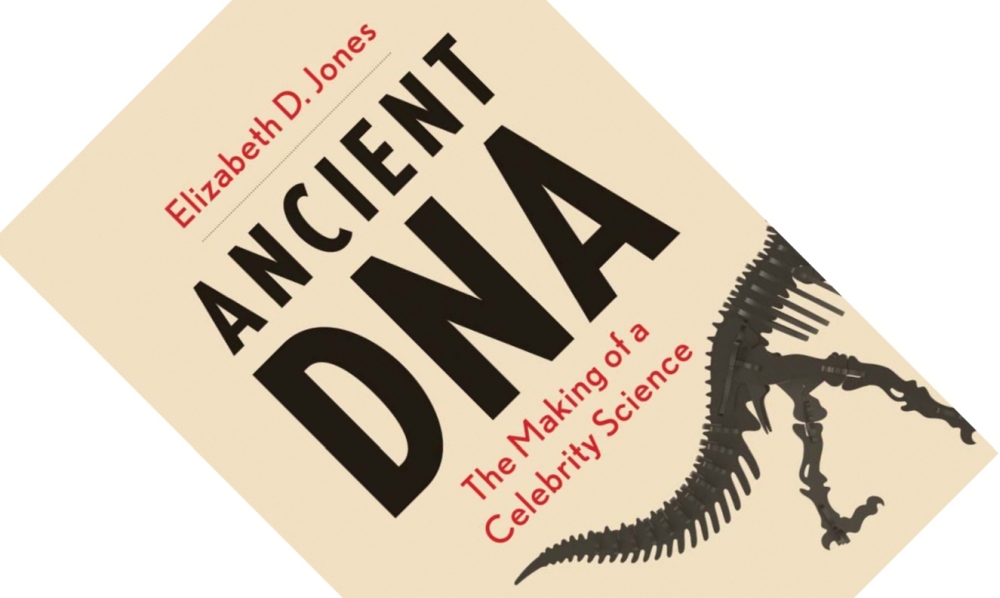
Ancient DNA: The Making of a Celebrity Science, written by Elizabeth D. Jones, published by Yale University Press in May 2022 (hardback, 264 pages)
The recovery and analysis of ancient DNA (aDNA hereafter) from skin, bone, or other tissues of long-dead organisms has allowed an unparalleled peek into the past. Rather than relying on today’s DNA, aDNA allows you to step back in time and sample DNA as it was, shedding new light on the evolutionary history of organisms. There are three major beats to this book worth highlighting.
First, Jones’s chronology covers all the key people and developments. After introducing the 1980s pioneers, two biotechnological inventions feature prominently. First, in 1983, was the polymerase chain reaction (PCR) that allowed easy amplification of small amounts of DNA. Unfortunately, it is also exquisitely sensitive to foreign DNA contaminating fossils (whether from bacteria, the environment, or manual handling by humans). Whose DNA are you really amplifying here? Early claims of aDNA many tens of millions of years old clashed with what we know about the rapid degradation of DNA after death[1]. Failure to replicate these findings became a source of embarrassment, threatening to undermine the field’s credibility. Allan Cooper and Svante Pääbo were two important scientists advocating stringent protocols to ensure aDNA claims were authentic. Adherence to them became a batch of credibility for some and a sign of unwelcome gatekeeping for others, especially those without training in molecular biology. A second breakthrough was the 2005 invention of next-generation sequencing (NGS). An even more sensitive technique, it enabled analysis of larger quantities of DNA much more quickly, moving genetics into the era of genomics (the study of all of an organism’s DNA rather than select genes). Though Jones does not really explain the details, the reason NGS was such a godsend is that the first step normally involves the creation of a library of tiny DNA fragments. That pretty much describes aDNA. Research turned to the evolution of our fellow hominins with Pääbo announcing to sequence the complete Neanderthal genome in just two years. This is also where population geneticist David Reich enters the picture to develop the required statistical and bioinformatical tools to analyse all this data. Whereas earlier work suggested no genetic exchange between Neanderthals and modern humans, these conclusions now had to be revised. With NGS, contamination could be quantified and authenticity became a lesser concern. Some consider it the maturation and even death of the discipline, with aDNA becoming just another tool in the toolbox, on par with e.g. radiocarbon dating.
“writing this book was partially an extensive oral history project that involved interviews with over fifty researchers […] making for an engaging book.”
Second, writing this book was partially an extensive oral history project that involved interviews with over fifty researchers. To prevent professional backlash in this competitive field, she has granted all her interviewees anonymity, encouraging some very honest reflections. Some recalled criticism of senior scientists who became self-appointed gatekeepers while others remembered being treated as outsiders, feeling unwelcome and ignored at conferences. NGS is both praised, “PCR allowed ancient genes, NGS has allowed ancient genomes” (p. 132), and criticized for stimulating another race to be “the first to do something, [rather than] answering an intelligent question” (p. 147). In addition, her interviewees gave her access to a treasure trove of personal files, unpublished data, contemporary newsletters, and other such grey literature. All of the above provides numerous candid insights into the decades of tensions, rivalries, and triumphs, making for an engaging book.
Of course, you cannot discuss aDNA without mentioning Jurassic Park, and this is a recurrent subplot. Few will know that Michael Crichton visited entomologist George Poinar in 1983 and based his idea of resurrecting dinosaurs by extrapolating from early research, creating a believable plot point. The success of the novel and subsequent movie adaptation in turn strongly influenced aDNA research. In the minds of the press and the public, it became inextricably linked with resurrecting extinct species. Though many scientists were quick to separate fact from fiction, point out this was rarely the goal of their research, and highlight the serious ethical and practical issues (something I agree with), they were nevertheless happy to reference Jurassic Park to garner public interest. While dinosaurs still seem out of the question, some scientists have in recent years entertained the idea of recreating mammoths or more recently extinct species such as the passenger pigeon or the thylacine.
The third noteworthy beat is that Jones places her findings into context, referencing the work of science and media historians, philosophers, and sociologists. For instance, early aDNA research saw rampant speculation. Science philosophers Adrian Currie and Kim Sterelny have written about the importance of speculation in generating new hypotheses, so-called “productive speculation”, and warned against the dangers of idle speculation. Jones’s interviews reveal aDNA researchers were well aware of both. Sociologists have written about hype cycles in technology and science, where high expectations are followed by disappointments, hard work to make sense of it all and establish limits, and ultimately a productive phase. Jones shows how aDNA research went through two such cycles with the invention of PCR and NGS. Lastly, science studies scholar Thomas F. Gieryn’s concept of boundary-work describes how scientists separate science from non-science. Jones shows how aDNA scientists were doing double boundary-work as both DNA contamination and excessive media attention could undermine their credibility if allowed to get out of hand, thus requiring policing and gatekeeping.
“Jones shows how aDNA scientists were doing double boundary-work as both DNA contamination and excessive media attention could undermine their credibility if allowed to get out of hand […]”
This book also represents Jones’s contribution to the field of science studies by proposing the concept of “celebrity science”. It is an extension of communication studies scholar Declan Fahy’s concept of celebrity scientists (think Carl Sagan or Stephen Jay Gould), but instead focuses on a branch of science. Celebrity science exists and evolves under intense and continuous (rather than periodic) public and media interest. This was true of aDNA research, especially once Jurassic Park hit the movie screens. Her book carefully documents how researchers were constantly trying to balance between cultivating this interest (and with it publicity and funding opportunities) and controlling it (which proved challenging once ideas were out in the public domain). How widely applicable is this idea? I can dream up some examples (Research on black holes in the wake of the movie Interstellar? Dinosaur palaeontology more generally? Zoological research on charismatic megafauna such as lions?) but it would have been interesting had she commented on this.
Ancient DNA is a truly excellent intellectual history of this fascinating discipline. So far, Doing Ancient DNA by science historian Elizabeth Bösl was the only book-length outsider’s perspective on this field, though as Jones mentions, it focuses on Europe and on archaeology (and, I add, is written in German). Jones’s book is thus a very welcome addition. It is more than just a well-written chronology as it incorporates an extensive oral history component and contextualizes its subject using concepts from science and media studies. She strikes a fine balance between these three facets, effectively writing a scholarly page-turner. Incidentally, she also shows the value of writing the history of a discipline while its participants are still around to tell their part in the story.
Beyond DNA, there are other biomolecules that can reveal intimate details about past life and I will next turn to Remnants of Ancient Life.
1. ↑ Both Jones and Greenwalt put the currently accepted upper limit for oldest aDNA at approximately 1.65 million years, based on a February 2021 study![]() on mammoth molars. A December 2022 study
on mammoth molars. A December 2022 study on a sample of ancient environmental DNA has been widely reported as pushing that date back to 2.4 million years.
on a sample of ancient environmental DNA has been widely reported as pushing that date back to 2.4 million years.
Disclosure: The publisher provided a review copy of this book. The opinion expressed here is my own, however.
Other recommended books mentioned in this review:
__________________________________________________________________
__________________________________________________________________
__________________________________________________________________
__________________________________________________________________

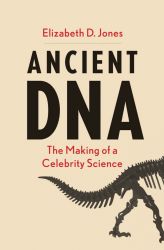
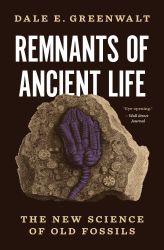
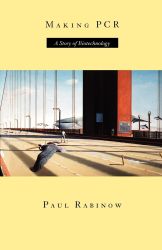
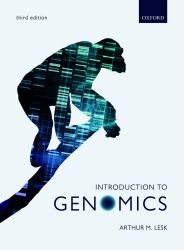
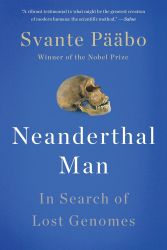
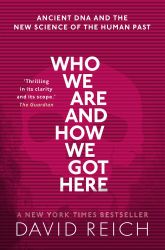

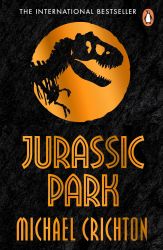
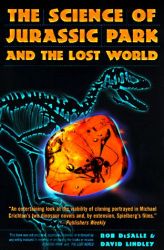
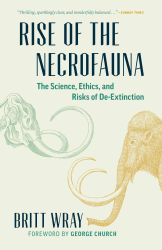
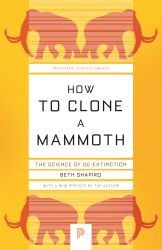
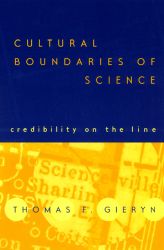
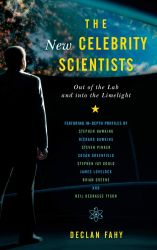
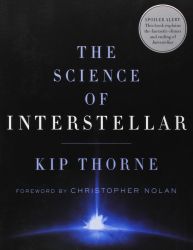
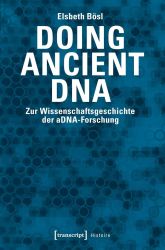
5 comments